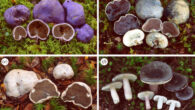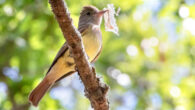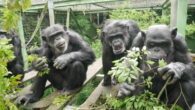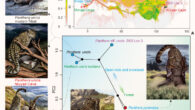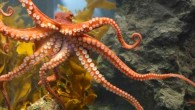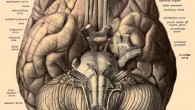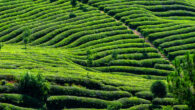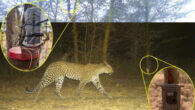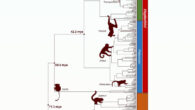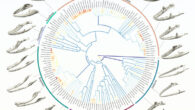Over two billion tons of carbon monoxide are released into the atmosphere globally each year. Diverse bacteria and archaea consume about 250 million tons of this, reducing carbon monoxide to safer levels. According to new research, these microbes use a special enzyme, called the CO dehydrogenase, to extract energy from this universally present but highly toxic gas. Kropp et al. demonstrate that the CO dehydrogenase is capable of oxidizing carbon monoxide...



